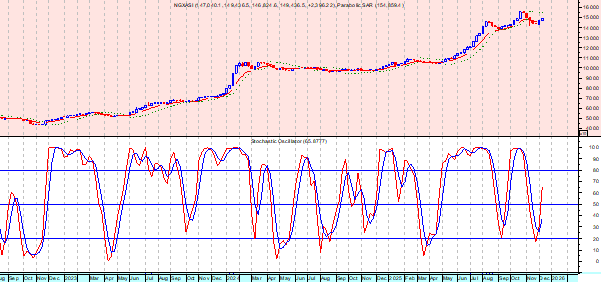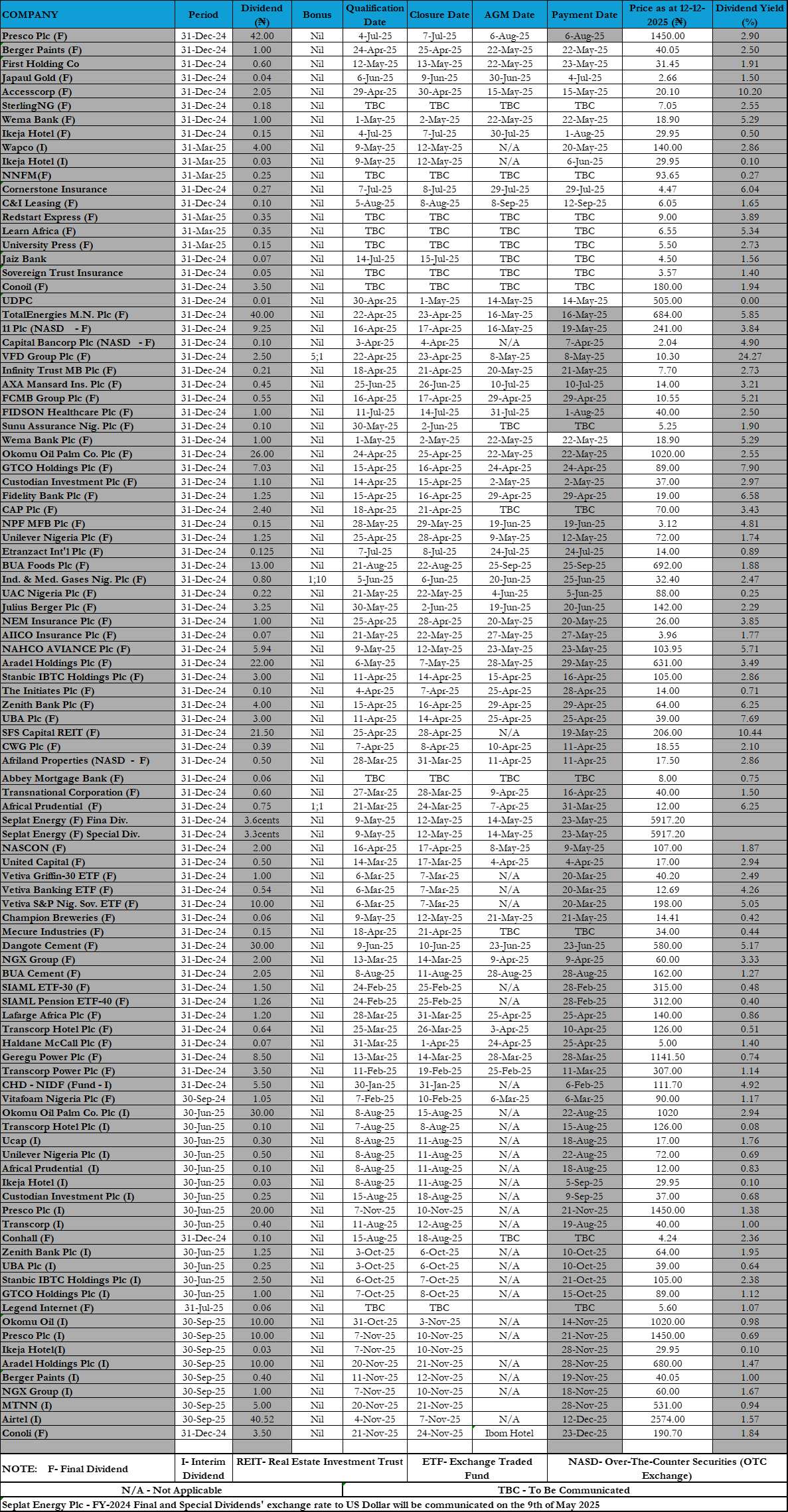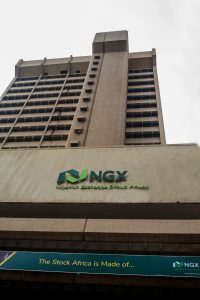
Market Update
The Nigerian Exchange (NGX) closed in negative territory on Wednesday, breaking a three-session bullish streak as the All-Share Index (ASI) dipped 36bps. The retreat reflects a broader risk-off mood across most major sectors, as investors adopted a cautious stance ahead of the release of audited full-year financial results and potential corporate actions from the banks.
The Insurance sector was the day’s biggest drag, shedding 342bps, with notable declines in AIICO (-564bps), CORNERST (-10.00%) and LASACO (-517bps). Sentiment within the space has remained mixed, reflecting a combination of profit-taking and weak market breadth, as the sector continues to trade with significant volatility.
In the Consumer Goods space (-86bps), pressure resurfaced in brewery counters. GUINNESS (-728bps) reversed after four sessions of flat performance, trimming its year-to-date gain to 85%. Similarly, INTBREW (-545bps) and CHAMPION (-269bps) closed lower, mirroring the sell bias across the segment. On the positive side, NB (+71bps) bucked the trend, gaining 50kobo to close at N70.50.
The Banking sector also succumbed to profit-taking, losing 76bps as weakness in GTCO (-306bps), FCMB (-179bps) and ACCESSCORP (-109bps) overshadowed the resilience of UBA (+227bps to N49.50). Notably, UBA continues to edge closer to its N50.00 rights issue price, reflecting investor positioning ahead of expected capital-raising activity within the Tier-I space.
Conversely, the Oil & Gas sector was the lone gainer, up 18bps, supported by OANDO (+179bps). The counter has now staged a recovery of over 11% across the last four sessions, reflecting renewed investor interest. The Industrial Goods sector ended the session flat, with minimal movement across the majors.
Market Technicals
Market breadth tilted negative, as the number of decliners outweighed gainers. Trading volume and value remained relatively tepid, in line with the cautious sentiment that has characterized recent sessions. The ASI’s pullback indicates a short-term consolidation, with the index struggling to sustain upward momentum in the absence of fresh catalysts.
From a technical perspective, the market remains in a sideways pattern, oscillating between profit-taking and bargain hunting. Indicators suggest that momentum could stay muted in the near term, pending the release of corporate earnings, dividend declarations, and clearer signals from the banking sector recapitalization exercise. Support levels remain around the 97,000 basis points band, while resistance is seen closer to the 100,000 mark.
Outlook
In the sessions ahead, trading activity is likely to remain subdued as investors position cautiously for the full-year audited numbers and corporate action announcements. Banks are expected to take the spotlight once earnings season kicks in, and their results could dictate the market’s next major direction. For now, a tepid pattern is likely to persist, with sectoral rotation driving pockets of opportunity.
Global Oil Market Review
Crude oil prices steadied midweek, consolidating after a sharp decline in the previous session. The market drew some support from inventory data showing a drawdown in U.S. crude, gasoline, and distillate stocks, while concerns over trade and geopolitical risks continued to cap gains.
According to the American Petroleum Institute (API), U.S. crude and product inventories fell last week, easing concerns about oversupply. At 12:12 GMT, Brent crude edged higher by 0.3% to $67.40 per barrel, while WTI climbed 0.3% to $63.44. Both benchmarks had lost more than 2% on Tuesday, underscoring ongoing volatility in the energy market.
At the same time, uncertainty around new U.S. tariff measures on India remains a critical focus for traders. The doubling of tariffs to as much as 50% on Indian imports, linked to its continued purchase of Russian crude, has raised questions over potential shifts in global trade flows. While no disruptions in supply have been reported, the tariff overhang is dampening investor appetite for new positions, as participants weigh the potential impact on India’s demand outlook and global crude balances.










